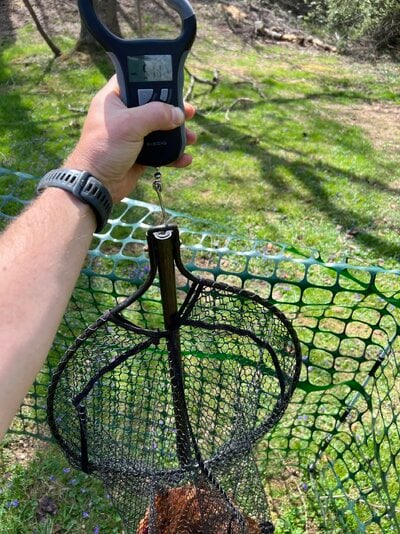chicken_lady_amanda
In the Brooder
- Mar 25, 2021
- 8
- 7
- 21
I love my Rhode Island Reds as a breed--hardy for the cold Minnesota climate, friendly, good egg layers. So far I've only used them for eggs, but want to start breeding for meat this year. It's important to me to stick to heritage breeds, both for preservation and because I don't want to buy chicks or eggs every year. I enjoy hatching the chicks, and had good luck last year hatching my own, so want to continue that.
For those of you who raise them for meat, how long do they take to grow to ideal butchering size? How large can I expect them to get? How is the meat quality? Any tips for this breed that the general online articles are unlikely to include?
Thank you so much for any responses!
For those of you who raise them for meat, how long do they take to grow to ideal butchering size? How large can I expect them to get? How is the meat quality? Any tips for this breed that the general online articles are unlikely to include?
Thank you so much for any responses!





